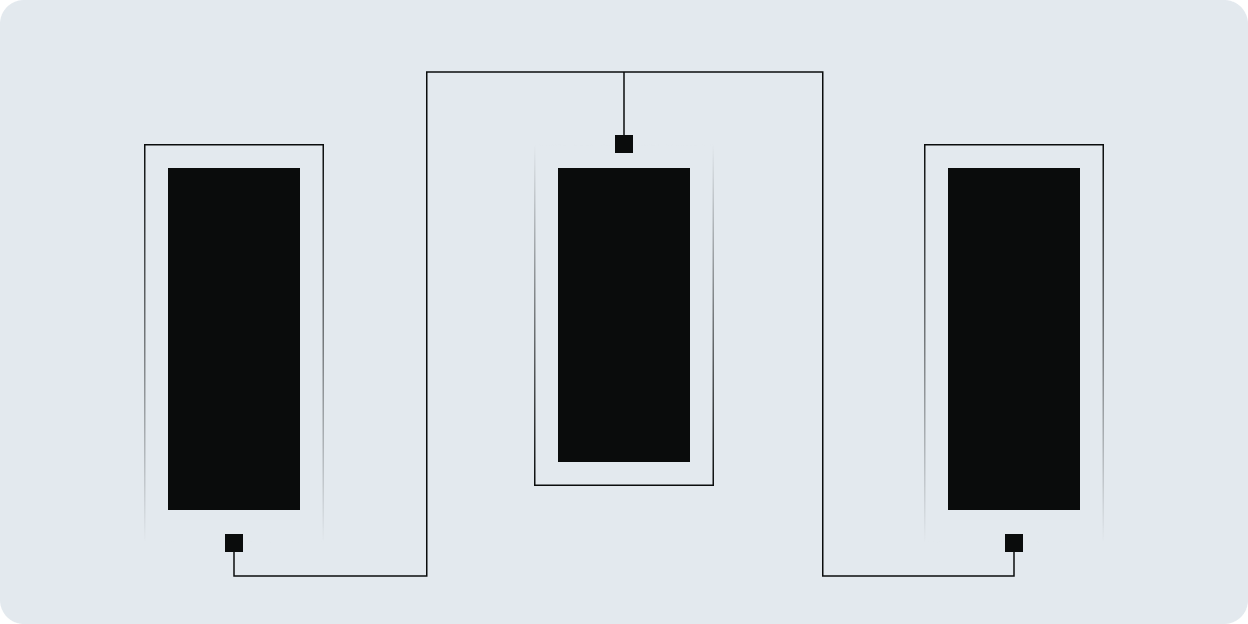
October 30, 2025
8 mins read
Leading the Next Generation of SAFT Agreements: How Humlor Shapes the Future of Token Investments
on this page
Introduction: Reinventing the Bridge Between Capital and Tokens
The Simple Agreement for Future Tokens, or SAFT, was once the most elegant solution to an impossible question: how can projects raise funds before their network exists, without violating securities law? When introduced in 2017, it offered a bridge between capital formation and token issuance, allowing compliant fundraising while deferring delivery until the network was functional.
However, the world has changed. Regulation has matured, markets have evolved, and investor expectations have sharpened. Traditional SAFTs are no longer sufficient to protect either side of the transaction. In today’s environment, a token investment must not only comply with securities and financial regulations but also incorporate mechanisms that safeguard price stability, liquidity, and long-term value.
This is the space where Humlor operates. We have redefined the SAFT for a global market that demands legal precision and economic foresight. Our structures integrate investor protection, price management, and regulatory compliance into a single, enforceable instrument. The result is not just a fundraising tool, but a full ecosystem design that aligns token issuance with sustainable growth.
Insight / Analysis: The Limitations of the Traditional SAFT
The SAFT model was initially conceived in a pre-MiCA, pre-FCA, and largely pre-institutional era of crypto fundraising. It provided early investors with contractual rights to receive tokens once a network launched, under the assumption that the token itself would not constitute a security.
While the concept remains useful, traditional SAFTs often fail in three areas:
- Market Stability
Once tokens are distributed, purchasers frequently sell large quantities on the open market, triggering volatility and undermining confidence in the project. Without contractual obligations governing post-delivery behaviour, issuers lose control of price dynamics. - Regulatory Ambiguity
Early SAFTs relied on untested assumptions that tokens delivered in the future would not fall under securities laws. Today, regulators in the United States, the United Kingdom, Singapore, the EU, and the UAE assess the overall economic reality rather than formal labels. Tokens acquired through SAFTs can still be deemed regulated assets, subject to prospectus, licensing, or disclosure requirements. - Investor Protection and Alignment
Investors need assurances that tokens will not be diluted, mismanaged, or released in ways that destroy value. Projects need mechanisms to maintain orderly distribution without appearing to manipulate markets. Balancing these interests requires legal engineering, not ad-hoc agreements.
The first generation of SAFTs solved fundraising; the next generation must solve alignment.
Application: The Humlor-Engineered SAFT Model
Humlor’s approach begins from a simple premise: the agreement itself must contain the safeguards that markets and regulators now demand. Our SAFT frameworks are therefore built as integrated compliance instruments, combining contract law, financial regulation, and market-stabilising design.
Key features include:
1. Market Maker Integration
Every Humlor-structured SAFT includes a clause appointing or authorising a professional market maker to manage the sale of tokens received by purchasers once vesting commences. This ensures liquidity while preventing uncontrolled dumping. The tokens are sold gradually, through pre-agreed trading parameters, to maintain market stability and protect both investors and the project.
The market maker operates under binding instructions established in the agreement itself. This contractual integration eliminates the need for informal coordination after listing and provides documentary evidence of compliance with market-conduct and anti-manipulation rules.
2. Regulatory Compatibility Across Jurisdictions
Humlor drafts SAFTs with cross-border enforceability in mind. Each agreement is structured to comply with relevant securities, financial promotions, and AML laws in the jurisdictions of the issuer, the purchaser, and the markets where tokens may be traded. Whether under the EU’s MiCA Regulation, the SEC’s Securities Act, the UK’s FSMA regime, or the MAS Payment Services framework, the structure anticipates scrutiny rather than reacting to it.
3. Token Delivery and Vesting Discipline
Token delivery is linked to objective milestones, regulatory triggers, or exchange approvals. Vesting schedules are encoded directly into the contractual framework and mirrored on-chain through smart contracts that replicate the legal obligations of the parties.
4. Built-In Investor Safeguards
Each SAFT specifies use-of-funds provisions, reporting obligations, and mechanisms for investor notification in case of project changes. These features move the instrument closer to institutional-grade standards while preserving flexibility for emerging projects.
5. Legal and Economic Transparency
Humlor’s model ensures that every stakeholder—issuer, investor, and exchange—understands precisely how tokens will be distributed, when they will enter circulation, and who is responsible for their sale. This level of clarity prevents post-listing confusion and supports long-term price integrity.
Strategic Recommendations: Building the Future of Token Fundraising
Founders and investors entering tokenised capital markets should treat the SAFT not as a boilerplate template but as a strategic instrument. Its design determines whether a project can raise capital responsibly, maintain investor trust, and secure listings on reputable exchanges.
1. Align Legal, Economic, and Market Objectives from the Start
A SAFT must harmonise legal compliance with economic logic. Draft it in consultation with legal, financial, and market-making partners so that issuance, distribution, and trading form one coherent cycle.
2. Anticipate Multi-Jurisdictional Review
Tokens rarely remain within one market. Regulatory analysis should cover the issuer’s jurisdiction, investor location, and exchange venue. Humlor’s legal architecture ensures compatibility across the United States, the European Union, the United Kingdom, the Middle East, and Asia.
3. Embed Price-Stability Mechanisms into the Contract
By contractually requiring a market maker to handle secondary sales under defined parameters, projects can avoid post-launch volatility and protect long-term holders. This approach signals maturity and reassures institutional investors.
4. Preserve Flexibility Through Modular Design
Regulation evolves. Humlor’s modular SAFT structure allows future amendments to reflect new disclosure rules, licensing obligations, or market-conduct standards without renegotiating the entire agreement.
5. Communicate Transparency and Professionalism
Founders should treat the SAFT as a disclosure instrument. Providing clear timelines, governance policies, and economic terms to investors not only meets legal expectations but strengthens brand integrity.
When done correctly, a SAFT is not simply a bridge between capital and tokens; it becomes a legal ecosystem that governs value creation.
Conclusion: From Contracts to Confidence
The next generation of token investments will be defined by clarity, control, and compliance. Markets now reward projects that combine innovation with governance, and investors increasingly favour structures that balance opportunity with protection.
Humlor’s evolved SAFT framework delivers precisely that balance. By embedding market-making obligations, regulatory foresight, and investor safeguards directly into the agreement, we transform the traditional fundraising contract into a comprehensive ecosystem instrument. The result is predictable liquidity, stable token performance, and confidence across all counterparties.
At Humlor, we design and execute token investment frameworks that operate with the discipline of financial law and the vision of Web3 innovation. Our SAFT structures are recognised by exchanges, trusted by investors, and built for the global regulatory landscape. Speak with our team to structure your next raise with integrity, stability, and the confidence that your project can scale without losing control.





